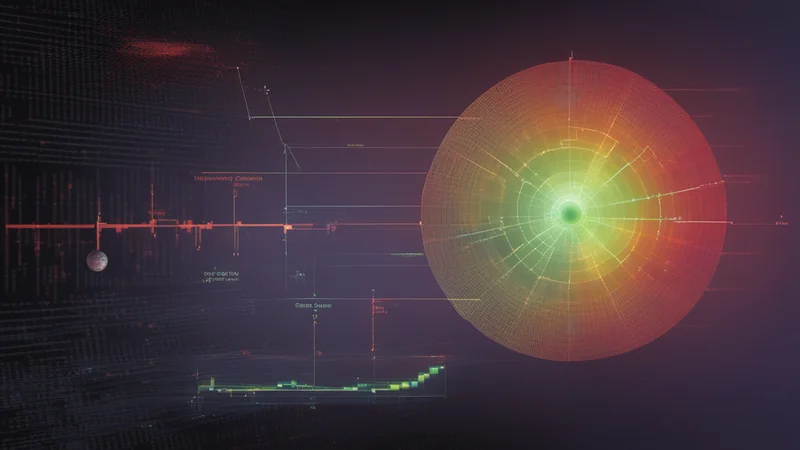Understanding the Significance of Gamma Spectroscopy
Gamma spectroscopy plays a critical role in various fields, ranging from nuclear physics to environmental monitoring. By analyzing the gamma radiation emitted from materials, scientists can identify isotopes and assess their concentrations. This technique provides valuable insights into atomic structures, allowing researchers to delve deeper into material properties and behaviors.
In this article, we explore the capabilities of Python as a powerful tool for conducting exploratory data analysis (EDA) in gamma spectroscopy. Utilizing libraries such as NumPy, Matplotlib, and Pandas, we can streamline the process of analyzing complex data sets, ultimately enhancing our understanding of radiation interactions.
Setting Up Your Python Environment for Gamma Spectroscopy
Before diving into the data analysis, it’s crucial to establish a suitable Python environment. Begin by installing essential libraries that facilitate data manipulation and visualization:
- NumPy for numerical operations
- Pandas for data manipulation
- Matplotlib for plotting
After setting up your environment, the next step involves loading your gamma spectroscopy data files. The data may come in various formats, including CSV or proprietary formats. Python’s Pandas library simplifies this process, enabling easy import and data cleaning.
Data Cleaning and Preparation Techniques
Data cleaning is a vital part of the exploratory data analysis process. The raw data often contains noise, missing values, or inconsistencies that can skew the results. Python offers several techniques to address these challenges:
- Removing outliers using statistical methods
- Filling missing values with mean or median
- Normalizing data for better comparability
Implementing these techniques ensures the integrity of the data, leading to more accurate and reliable analysis outcomes. Once the data is cleaned, it is ready for visualization and interpretation.
Visualizing Data with Python
Visualization is key to understanding data patterns and anomalies. Python’s Matplotlib library allows users to create a variety of plots that can effectively represent gamma spectroscopy data. Common visualizations include:
- Histograms for distribution analysis
- Scatter plots for correlation insights
- Box plots for identifying outliers
These visual tools not only enhance data comprehension but also facilitate the communication of findings to both technical and non-technical audiences.
Advanced Analysis Techniques for Gamma Spectroscopy
For those seeking deeper insights, advanced statistical techniques can be applied to gamma spectroscopy data. Techniques such as regression analysis, clustering, and machine learning algorithms can uncover hidden patterns and predictive capabilities. Leveraging Python libraries like Scikit-learn enables users to implement these advanced methodologies with ease.
“The integration of machine learning into data analysis has revolutionized our approach to gamma spectroscopy, providing unprecedented insights.” – Dr. Jane Smith, Nuclear Physicist



